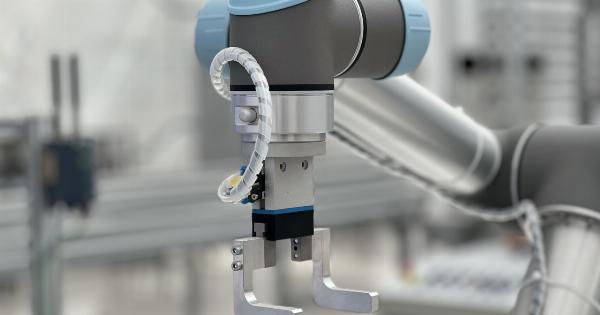Hip replacement surgery has been a longstanding procedure for individuals suffering from debilitating hip conditions, such as osteoarthritis or hip fractures.
The conventional methods used in hip replacement surgery have proven to be effective in restoring mobility and alleviating pain. However, a groundbreaking technique known as the SuperPath method has emerged, revolutionizing hip replacement surgery.
What is the SuperPath Method?
The SuperPath method is a minimally invasive technique that aims to change the way hip replacement surgeries are performed. It was developed by Dr. Jimmy Chow, an orthopedic surgeon, who focused on improving patient outcomes and recovery times.
The SuperPath method differs from traditional hip replacement techniques as it allows surgeons to spare muscle and soft tissue during the surgery.
The Advantages of SuperPath Method
The SuperPath method offers several advantages over traditional hip replacement methods:.
1. Minimally Invasive Approach
The SuperPath method is a minimally invasive approach to hip replacement surgery. It involves a smaller incision compared to traditional techniques, resulting in reduced trauma to surrounding tissues and less post-operative pain.
This approach also contributes to faster recovery times and shorter hospital stays for patients.
2. Muscle Sparing
One of the key aspects of the SuperPath method is its ability to spare muscles and soft tissues. Unlike traditional techniques that require the detachment or cutting of muscles, the SuperPath method preserves them.
By avoiding muscle damage, patients may experience less pain and a quicker return to their normal activities.
3. Reduced Dislocation Risk
The SuperPath method aims to reduce the risk of hip dislocation, a common complication following hip replacement surgery. By preserving soft tissues and muscles, the stability of the hip joint is improved, decreasing the chances of dislocation.
This is particularly beneficial for patients with high activity levels or who may need to undergo rehabilitation.
4. Improved Implant Positioning
Accurate placement of the implant is crucial for long-term success in hip replacement surgery. The SuperPath method utilizes advanced imaging technology and computer-assisted navigation tools to ensure precise placement of the implant.
This can lead to improved joint function, stability, and longevity of the implant.
5. Versatility
The SuperPath method can be utilized for a wide range of patients, including those with complex hip conditions.
It offers versatility in implant selection and surgical techniques, allowing surgeons to tailor the procedure to each patient’s unique needs. This level of customization enhances the overall outcomes and patient satisfaction.
Patient Experience and Recovery
The SuperPath method has transformed the patient experience when it comes to hip replacement surgery. Patients who undergo the SuperPath method often report less pain, minimal scarring, shorter hospital stays, and faster recovery times.
They are also able to return to their normal activities sooner than those who have undergone traditional hip replacement surgeries.
Risks and Considerations
While the SuperPath method has demonstrated numerous benefits, it is important to acknowledge potential risks and considerations associated with any surgical procedure.
Patients should have a thorough discussion with their orthopedic surgeon to address their specific concerns and understand the potential risks before opting for the SuperPath method.
Conclusion
The SuperPath method is revolutionizing hip replacement surgery by providing patients with improved outcomes and faster recovery times.
With its minimally invasive approach, muscle sparing techniques, reduced dislocation risk, improved implant positioning, and versatility, the SuperPath method is changing the landscape of hip replacement surgery forever. As more orthopedic surgeons embrace this innovative technique, patients can look forward to enhanced functionality, decreased pain, and faster return to their daily activities.




























